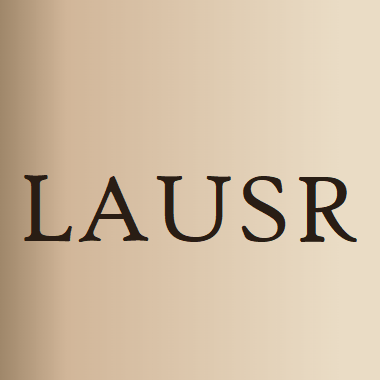
Acanthamoeba castellanii is a free-living amoeba which can cause a blinding keratitis and fatal granulomatous amoebic encephalitis. The treatment of Acanthamoeba infections is challenging due to formation of cyst. Quinazolinones… Click to show full abstract
Acanthamoeba castellanii is a free-living amoeba which can cause a blinding keratitis and fatal granulomatous amoebic encephalitis. The treatment of Acanthamoeba infections is challenging due to formation of cyst. Quinazolinones are medicinally important scaffold against parasitic diseases. A library of nineteen new 3-aryl-6,7-dimethoxyquinazolin-4(3H)-one derivatives was synthesized to evaluate their antiamoebic activity against Acanthamoeba castellanii. One-pot synthesis of 3-aryl-6,7-dimethoxyquinazolin-4(3H)-ones (1–19) was achieved by reaction of 2-amino-4,5-dimethoxybenzoic acid, trimethoxymethane, and different substituted anilines. These compounds were purified and characterized by standard chromatographic and spectroscopic techniques. Antiacanthamoebic activity of these compounds was determined by amoebicidal, encystation, excystation and host cell cytopathogenicity in vitro assays at concentrations of 50 and 100 μg/mL. The IC50 was found to be between 100 and 50 μg/mL for all the compounds except compound 5 which did not exhibit amoebicidal effects at these concentrations. Furthermore, lactate dehydrogenase assay was also performed to evaluate the in vitro cytotoxicity of these compounds against human keratinocyte (HaCaT) cells. The results revealed that eighteen out of nineteen derivatives of quinazolinones significantly decreased the viability of A. castellanii. Furthermore, eighteen out of nineteen tested compounds inhibited the encystation and excystation, as well as significantly reduced the A. castellanii–mediated cytopathogenicity against human cells. Interestingly, while tested against human normal cell line HaCaT keratinocytes, all compounds did not exhibit any overt cytotoxicity. Furthermore, a detailed structure-activity relationship is also studied to optimize the most potent hit from these synthetic compounds. This report presents several potential lead compounds belonging to 3-aryl-6,7-dimethoxyquinazolin-4(3H)-one derivatives for drug discovery against infections caused by Acanthamoeba castellanii.
Journal Title: Parasitology Research
Year Published: 2020
Link to full text (if available)
Share on Social Media: Sign Up to like & get
recommendations!